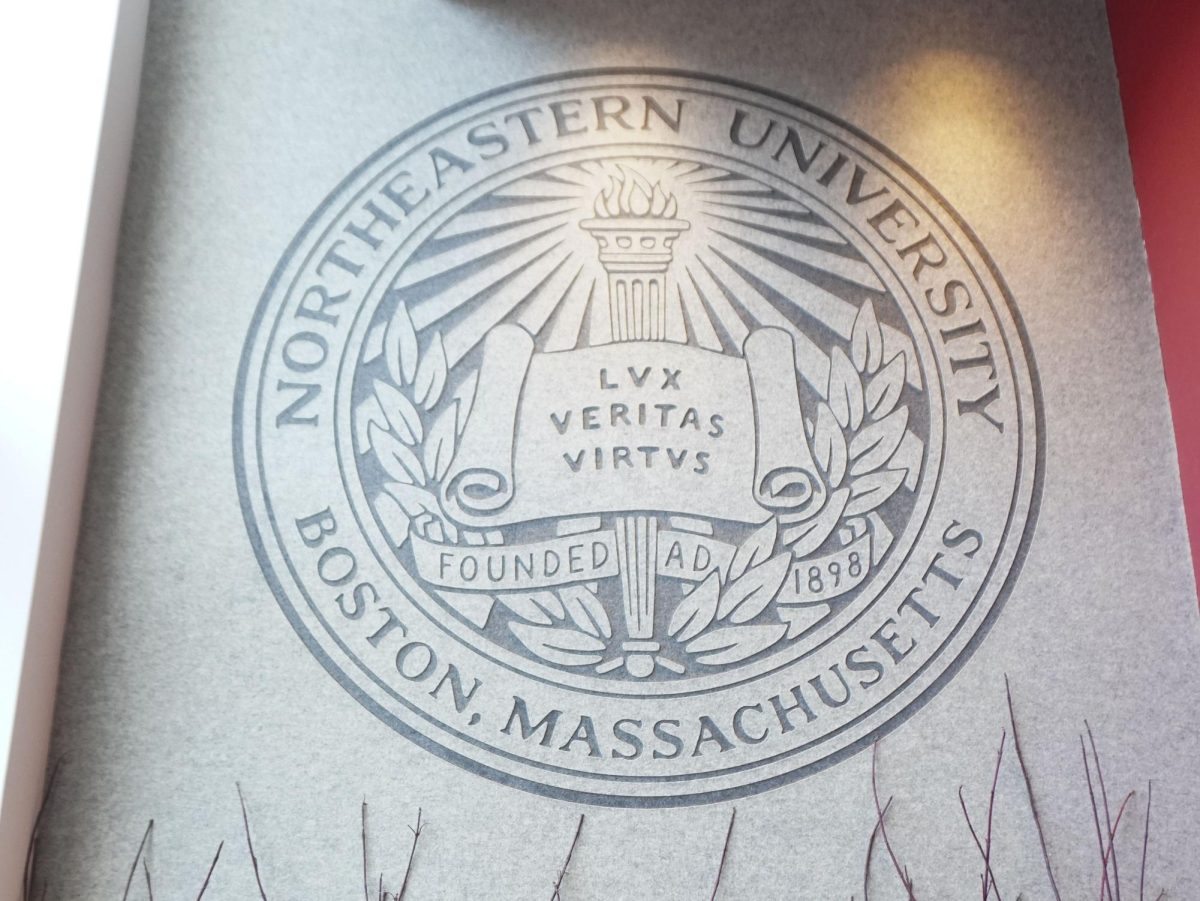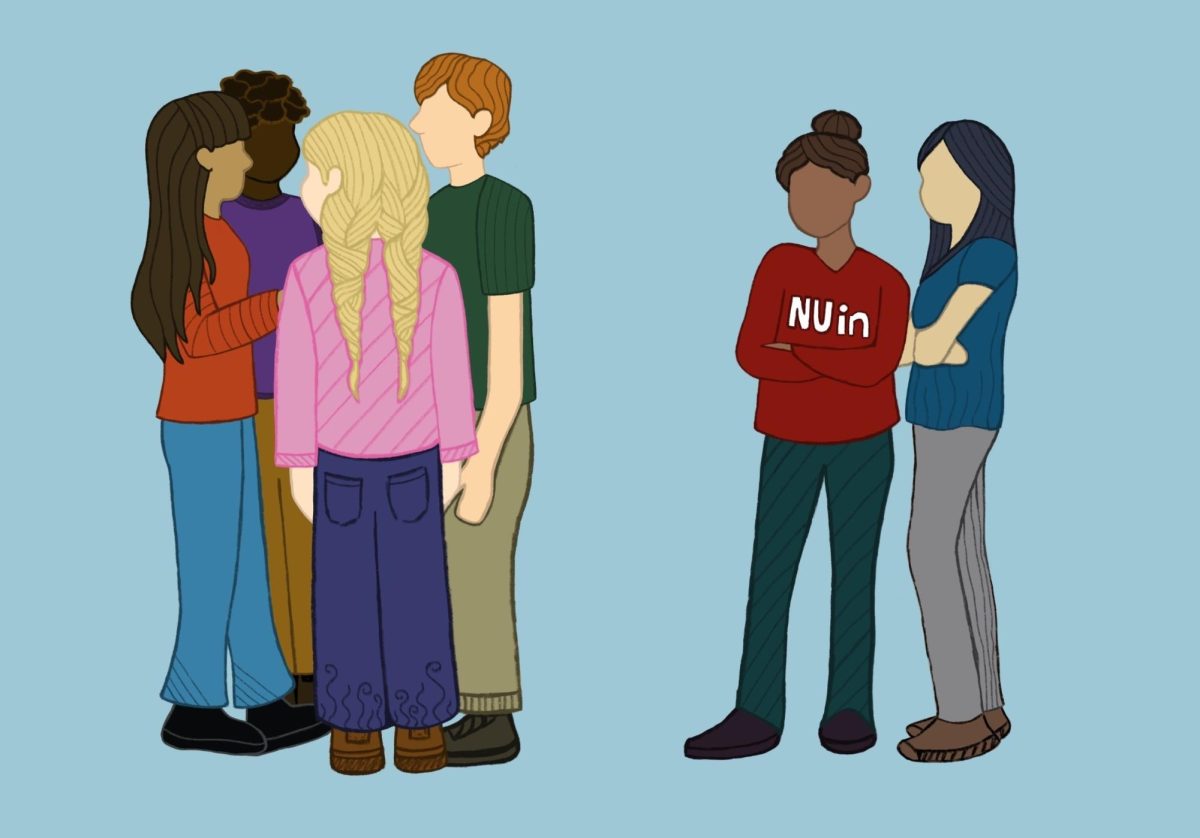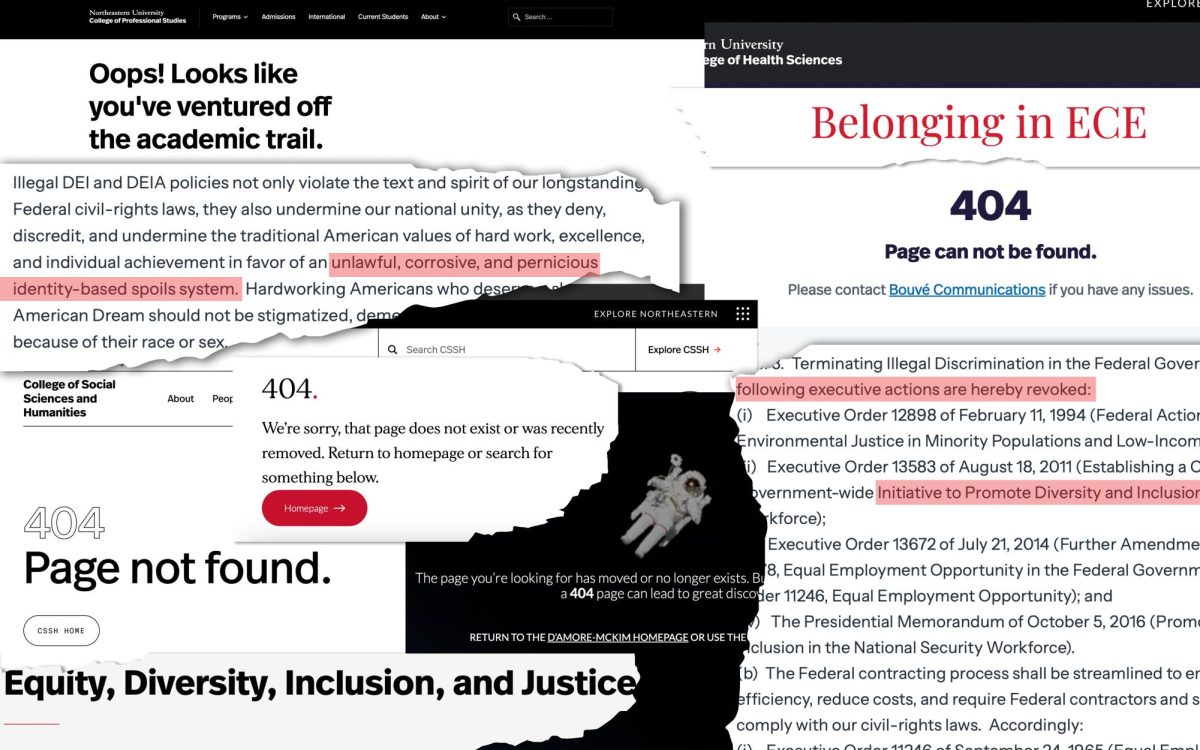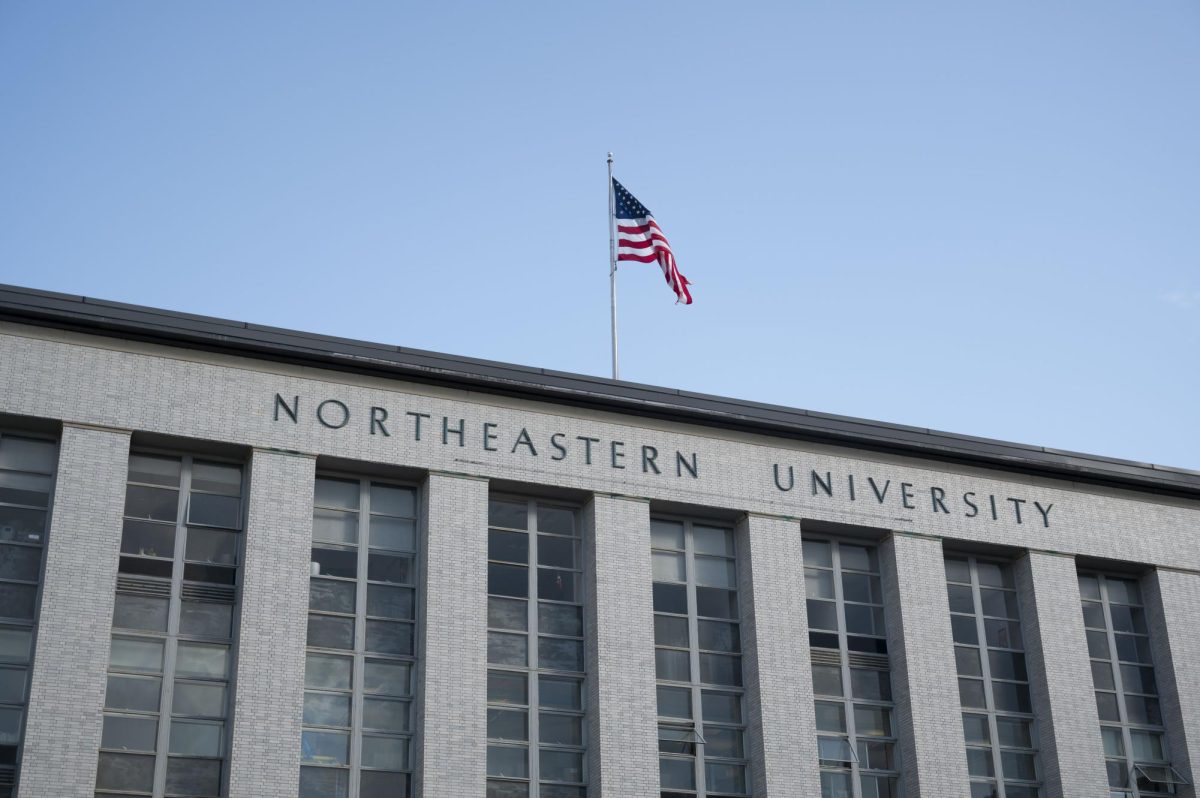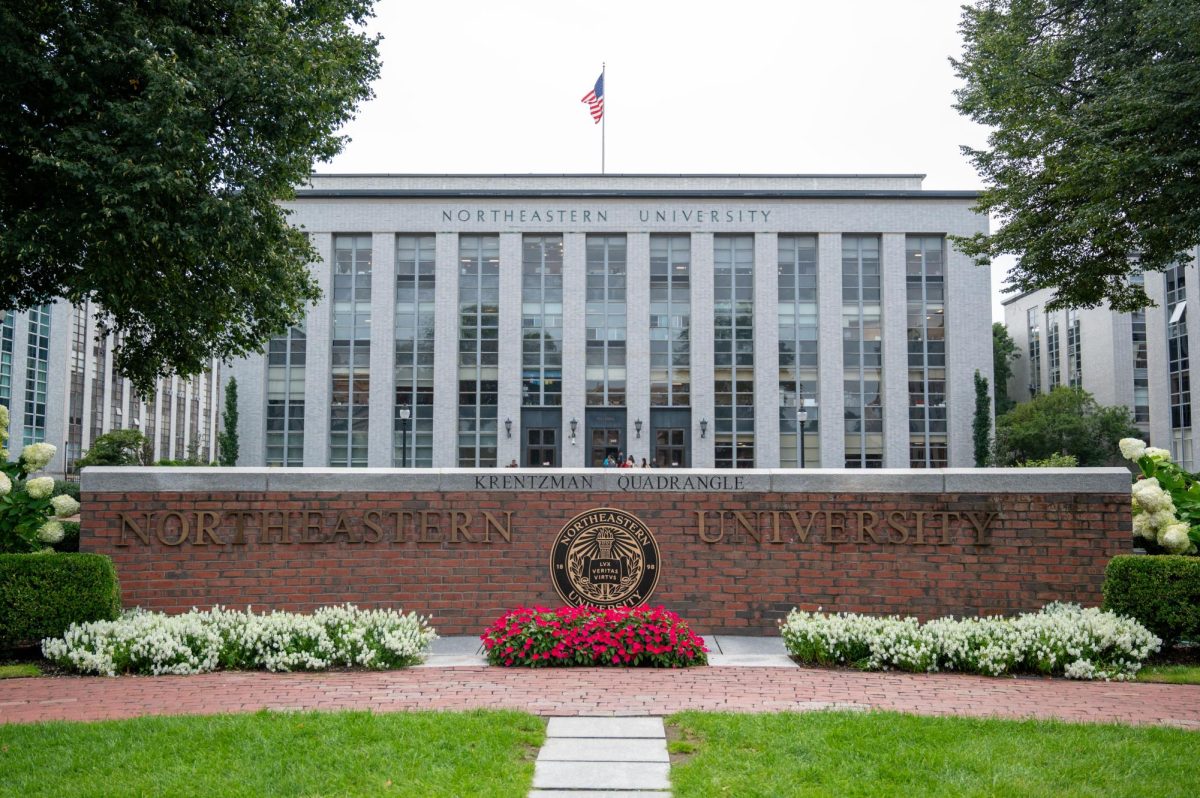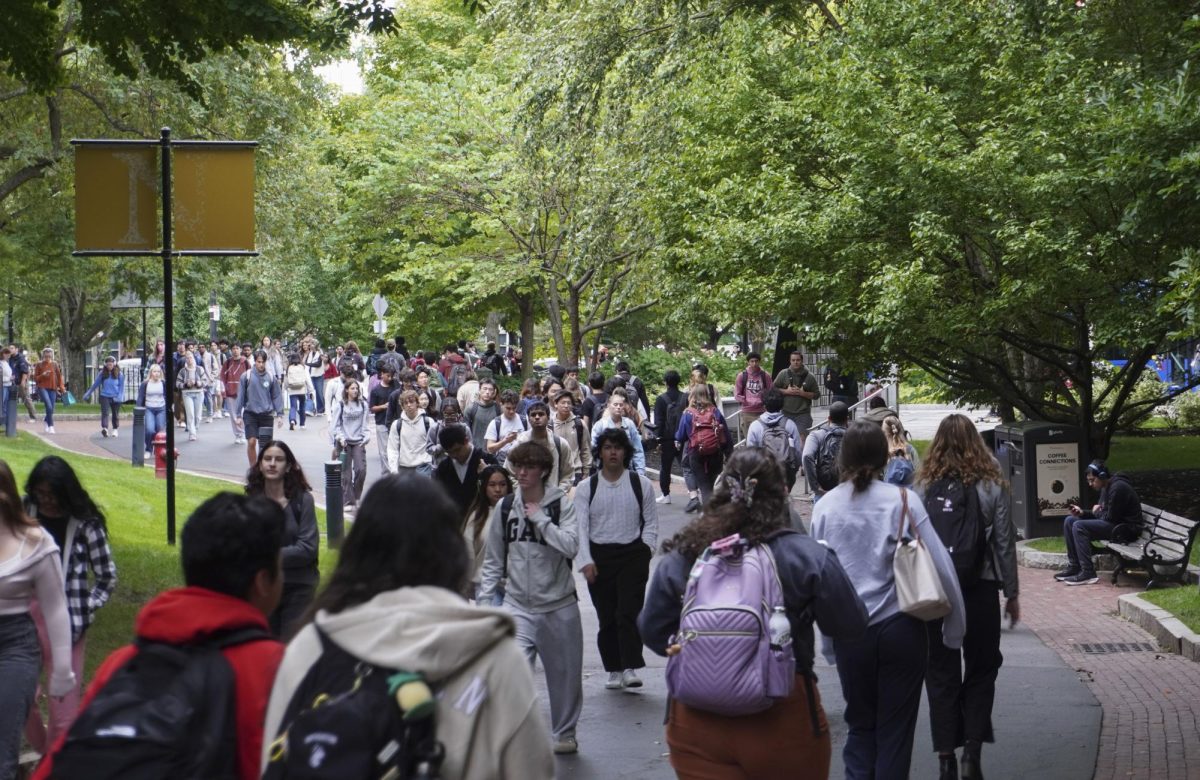By Kate Augusto
Yesterday marked the 30th anniversary of one of the worst Massachusetts storms ever: the Blizzard of ’78. In 32 hours and 40 minutes, Boston accumulated 27.1 inches of snow, on top of the snow that was piled up from a bad storm earlier that year, according to local media reports. The region suffered $3.2 billion in damages, 54 people lost their lives and most were immobilized the night the storm hit. Then-Massachusetts governor Michael Dukakis, now a Northeastern political science professor, was the one who issued a state of emergency because of the storm. “At the time the forecasts were really quite moderate,” Dukakis said. “Then the scope of the thing began to hit us.” Dukakis credits his Secretary of Public Safety at the time, Charlie Barry, with controlling the situation.
“He was obsessed with the importance of emergency planning and that was [critical] because I wasn’t, and none of the rest of us were, and he absolutely insisted we do this,” he said. But even in the midst of disaster, the storm was incredible in many positive ways, he said.
“Because there were no cars around, it looked beautiful,” Dukakis said. “It was really an extraordinary experience.”
Dan Kennedy, an assistant journalism professor who was a Northeastern student at the time, recalls trying to publish that week’s issue of The News the night the storm hit. As an editor, Kennedy and others in the newsroom insisted that a few News staff members come back from the Beanpot, which was played that evening, to put out the paper. These staff writers, along with other fans, were basically stranded on campus, Kennedy said.
“We begged them to get back – we were going to get a paper out,” Kennedy said. “So they walked back. They shouldn’t have walked. They looked like frozen snowmen. But they wrote their story. We finished the paper.” Since the paper was printed in central Massachusetts and shipped back to Boston, The News was unable to publish that edition. Kennedy, however, still said it was an amazing time to be on campus. “The snow was beyond belief,” he said. After a day or two, Kennedy said he remembers walking to a local convenience store and seeing National Guard helicopters overhead to keep things in order.
“My then girlfriend, now wife, was on co-op at the Patriot Ledger, and she was able to use her press pass to get in to Boston. Otherwise, people were not able to travel,” Kennedy said.
Dukakis said during that week, when the city basically shut down, “people started coming out of dorms and cross-country skiing down Huntington Avenue.”
He said the storm also gave Bostonians the opportunity to show their big hearts. “There were so many [hospital] volunteers. It brought out the spirit of friendship and fellowship in the city,” he said. Though students were out of classes for about a week, Kennedy said things soon went back to normal.
“Classes resumed and people began to go back to work,” he said. “It just took some digging.”



